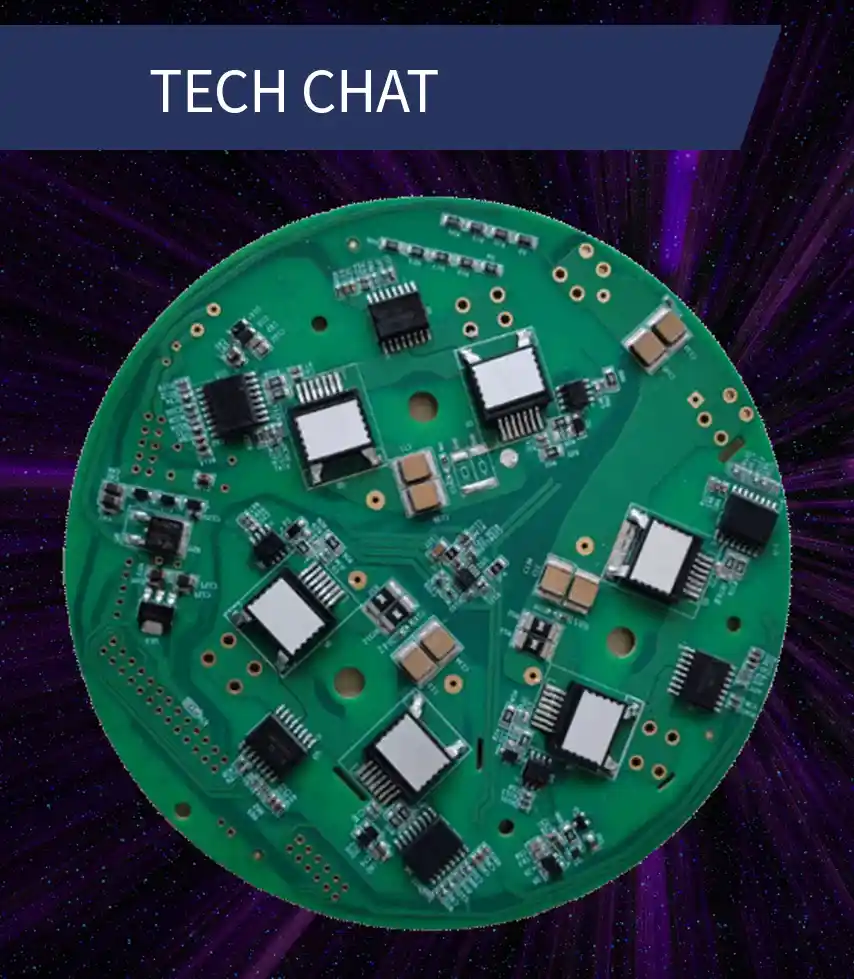What happens when you are asked to put everything else to one side and quickly develop a PA stage? Oh, and it is 800W…, and it is a new device that has just come out of development…, but we do have a model. This webinar is a real account of what happens and how just such an amplifier was created using the nonlinear simulation capabilities of NI AWR Design Environment, specifically Microwave Office, and the large signal model of the CGHV14800F from Wolfspeed. Dealing with such high peak power levels, even though they are pulsed, requires careful consideration for all of the components used and a robust design and test strategy to ensure that you not only have a working solution, but that you haven’t done (too much) damage on the way.
Issues covered:
- Differences between GaN and LDMOS or Si Bipolar solutions.
- Stability and biasing: class trade-offs and implications.
- Using measured matching circuits
- Hunting down component resonances
- Device dissipation simulation
- Test results and tuning
- The manufactured stage will be compared with the simulated performance.
Military modernization continues relentlessly. An increase in military spending is driving procurement of advanced wireless communications systems across land, air, and maritime platforms. The global tactical communications market is set to grow at a compounded annual growth rate (CAGR) of 16% over the 2019-2025 period to reach US$18.53 billion.1
Increasing mobility, such as with small, lightweight military handheld radios, is a key growth trend in this market, and is challenging engineers with the critical requirements related to smaller size, lighter weight, and higher power.
Playlist
Related Content

APEC 2025 – Discover New & Innovative Products from the Industry’s Leading Manufacturers
Our field application engineers and technical sales team will be there to assist you in exploring the full range of active, passive, and thermal products offered from Richardson RFPD.

Gen 4 Silicon Carbide Technology: Redefining Performance & Durability in High-Power Applications
This white paper highlights Wolfspeed’s fourth-generation silicon carbide (SiC) MOSFET technology, engineered for high-power electronics applications.

Wolfspeed Top-Side Cooled SiC MOSFET
Top-side cooled power semiconductors are gaining interest across the power electronics design community. Improved thermal…
